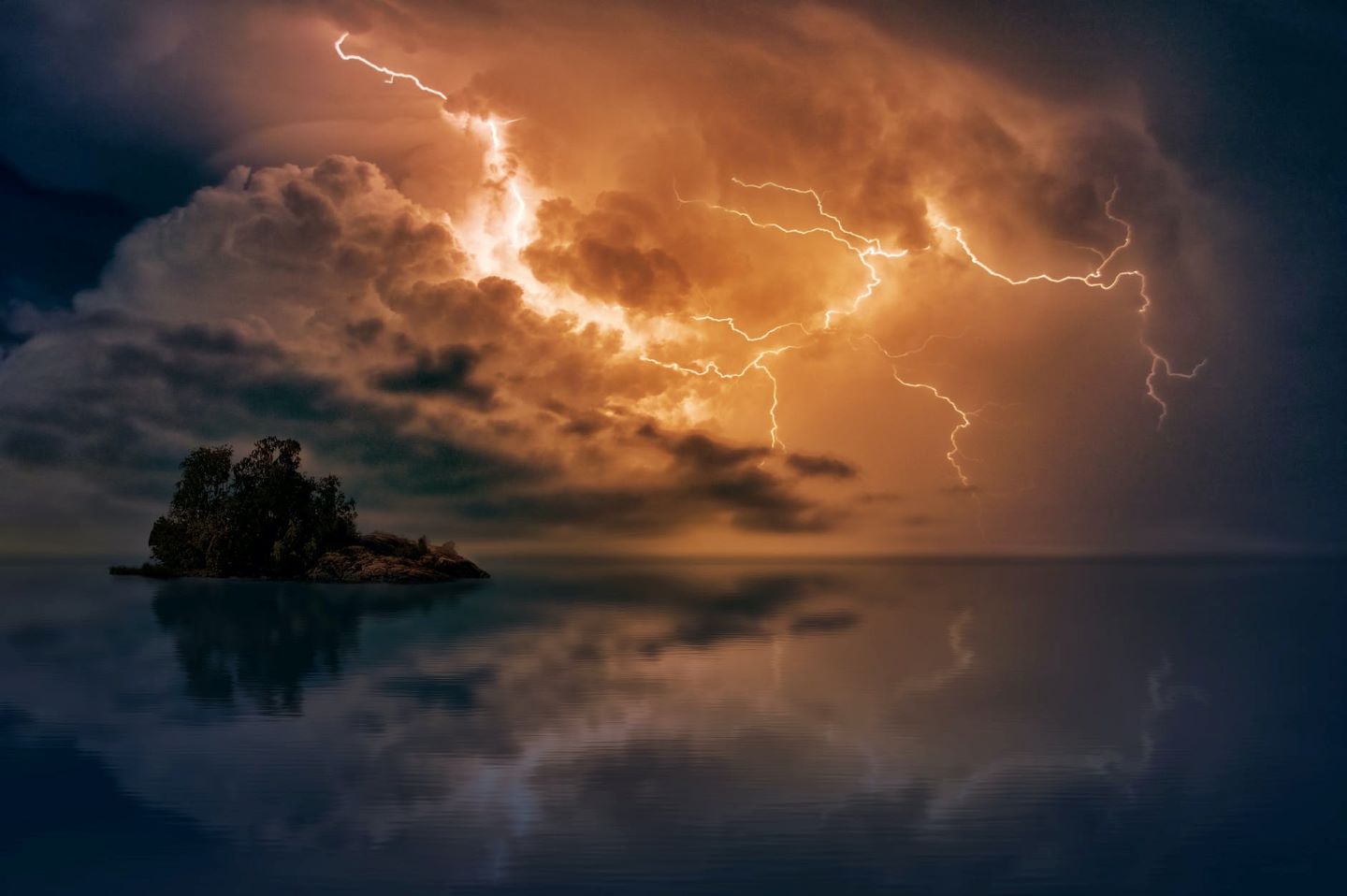All over the world, there are countless meteorological phenomena that, at any time, can occur. These phenomena can have both positive and negative impacts on human societies and ecosystems. There is a considerable variety of weather phenomena, yet it is sometimes impossible to know how to qualify or determine them. If not snow, rain or thunderstorms. Would you like to know what the various weather phenomena are and some of their most impressive features? Zoom in on all the details on the subject!
The different categories of weather events
There are two categories of weather phenomena, namely normal and extreme. The normal weather phenomena are those that, in addition to the damage they may generate, occur to a degree. But also, at a period estimated as normal for the meteorological action of the area where they appear.
In contrast, extreme weather phenomena refer to phenomena that occur to a monstrous degree. They refer to phenomena beyond what is considered normal. And this, in the way the environment acts during a particular period and in a particular place. Heat waves, cold waves, droughts, storms, tornadoes, or floods are all part of this type of extreme weather phenomena.
Examples of the most usual weather events
Fortunately, extreme weather events are not the most usual in the daily environment. Certainly, these phenomena are becoming more usual each time because of global warming. But the reality is that weather events are, most of the time, of average or reasonable amplitude. And they should not have harmful impacts on the atmospheres they impede. And this is depending on the location and time of year they occur. Below are some examples of the most common weather phenomena:
Anticyclone
This is a more discreet way for the environment to show itself. Indeed, this weather phenomenon often goes unnoticed, in particular, because it is distinguished by the lack of meteorological activity. In such cases, there are no clouds or wind. The climate is clear, very hot in summer and very cold in winter.
Rain
Rain is the most common weather phenomenon of all. It occurs when clouds go from a gaseous state to a liquid state after pressure. To this end, water falls to earth in the form of drops and then evaporates again to form clouds.
The Storm
A storm generally need not be a harmful phenomenon unless it gains considerable magnitude. It is caused by cumulonimbus clouds, which are a special class of clouds. These clouds end up releasing all the rain that is condensed in them in certain contexts of abrupt temperature and pressure changes. As a result, other phenomena such as thunder and lightning occur.
Wind
It is a usual weather phenomenon generated by the difference in pressure and temperature between various air masses. Cold air tends to sink, while warm air "weighs down" and tends to rise. This causes a regular mechanism that generates quite violent winds.
Snow
Snow is the same as rain, but it solidifies when it falls. And also, when the temperatures are below zero. So it's snowflakes that fall, instead of water droplets. You can prevent yourself from this climate change by purchasing one of our crystal gauges.
Fog
Fog is among the most usual barometric phenomena in winter. The tiny water droplets don't fall. They hover in the films closest to the Earth. This is caused by the combination of barometric pressure and temperature, as well as the low weight of the small water droplets.
Examples of extreme weather events
Extreme weather events are those that occur very rarely. In this case, wind energy, showers, and temperatures create contexts that result in some level of risk to humans and their atmosphere. Some examples are:
Extreme heat or cold
Unfortunately, extreme heat or cold are becoming more common every time. They are distinguished by the existence of excessively low or high temperatures. Extreme heat or cold occurs when the unusual temperature lapse persists for more than a week.
Typhoons, hurricanes and tornadoes
A tornado is a rapidly spinning stream of air that can even exceed 400 km per hour. Its tip touches the ground directly. Whereas a hurricane is a cyclone, moving in a spiral, accompanied by a strong wind exceeding 120 km/h. The cyclone's devastating power intensifies as the barometric pressure weakens in the eye of the cyclone. On the other hand, they are called typhoons in the case where they originate in the oceans, globally in the Pacific Ocean.
Cold Drop
This is a barometric depression that occurs when an extremely cold air mass breaks out and collides with a warm air mass. This causes severe atmospheric disturbance such as strong winds, hail, as well as heavy rainfall.





Leave a comment
All comments are moderated before being published.
This site is protected by hCaptcha and the hCaptcha Privacy Policy and Terms of Service apply.